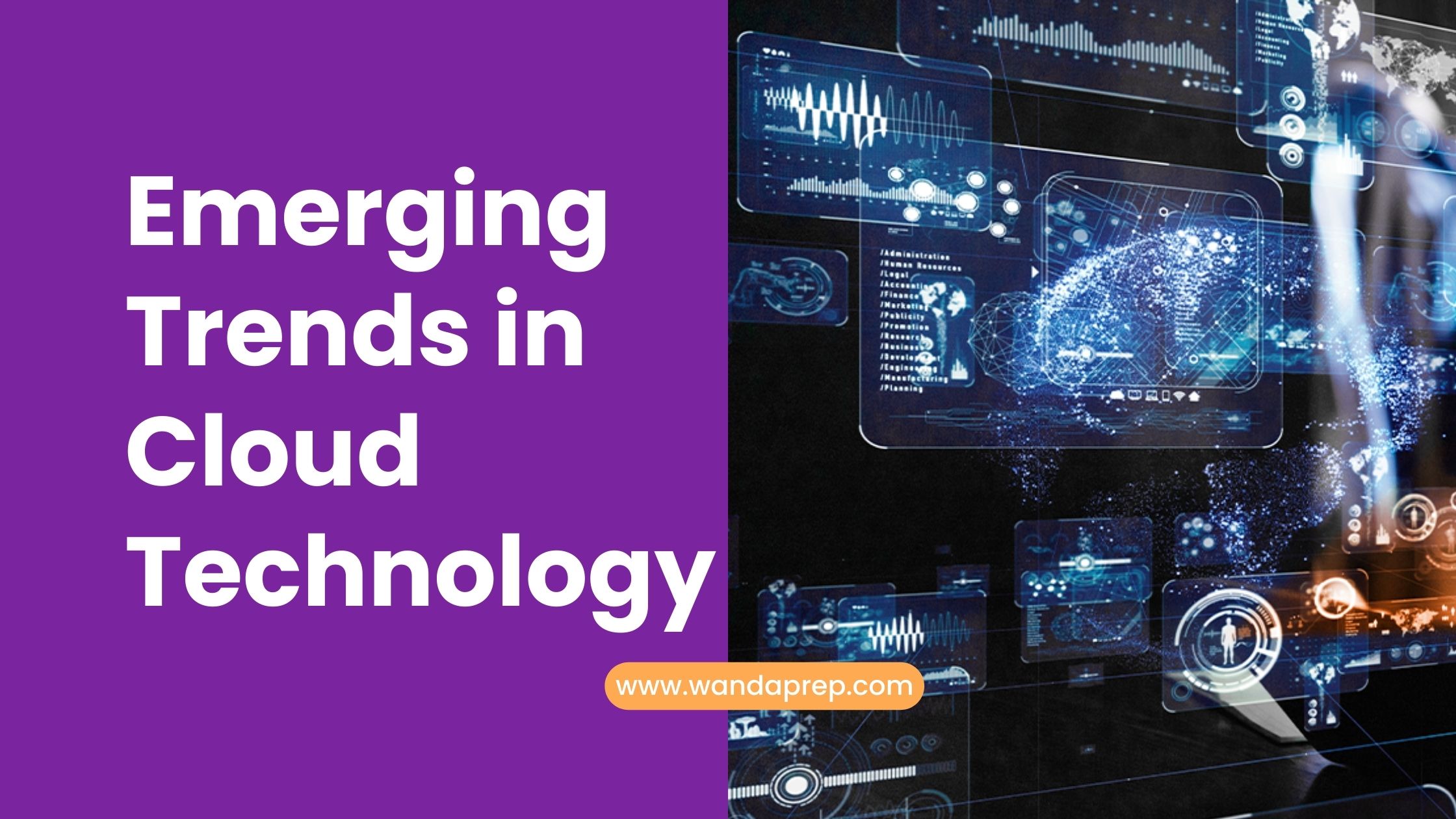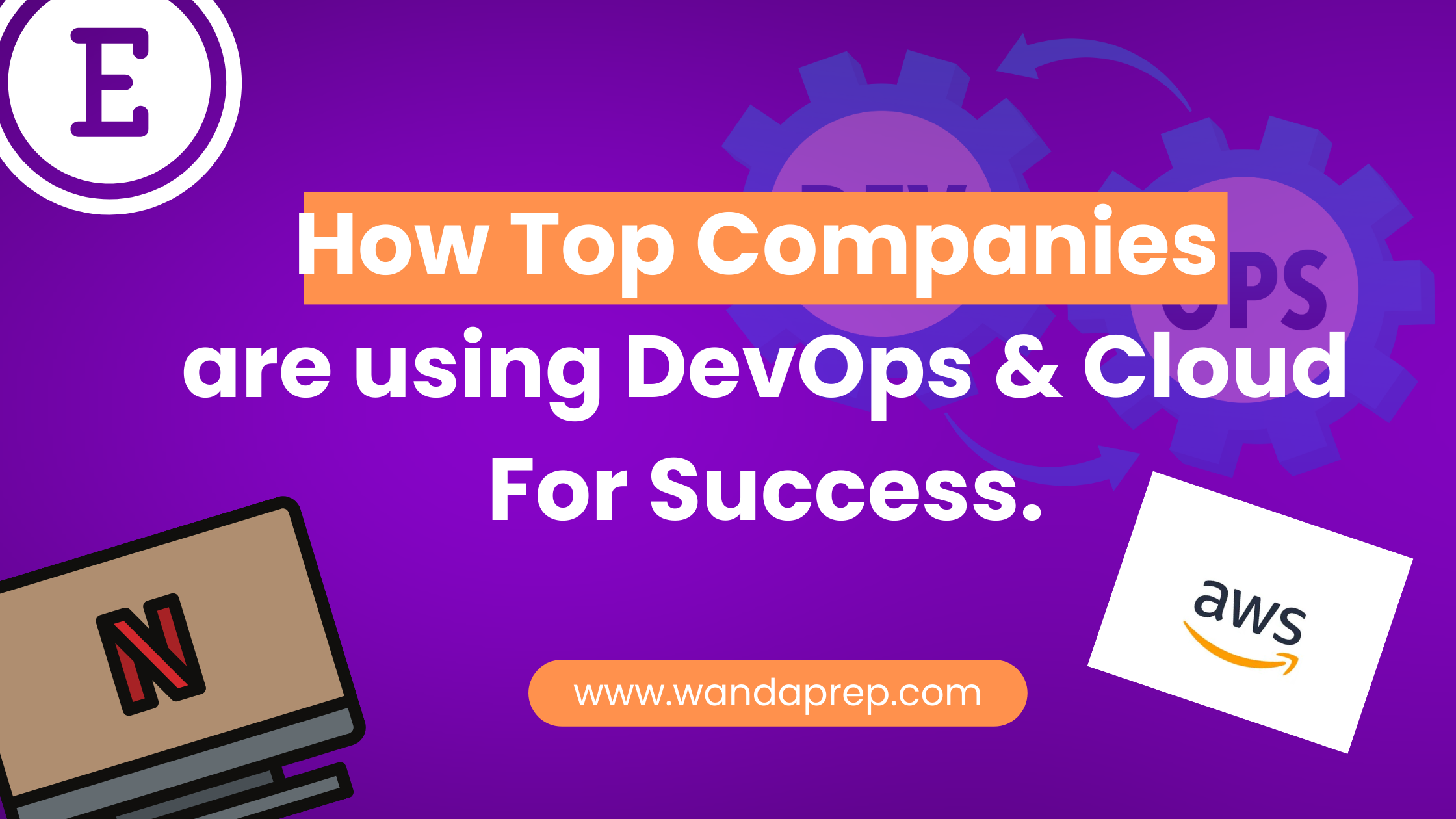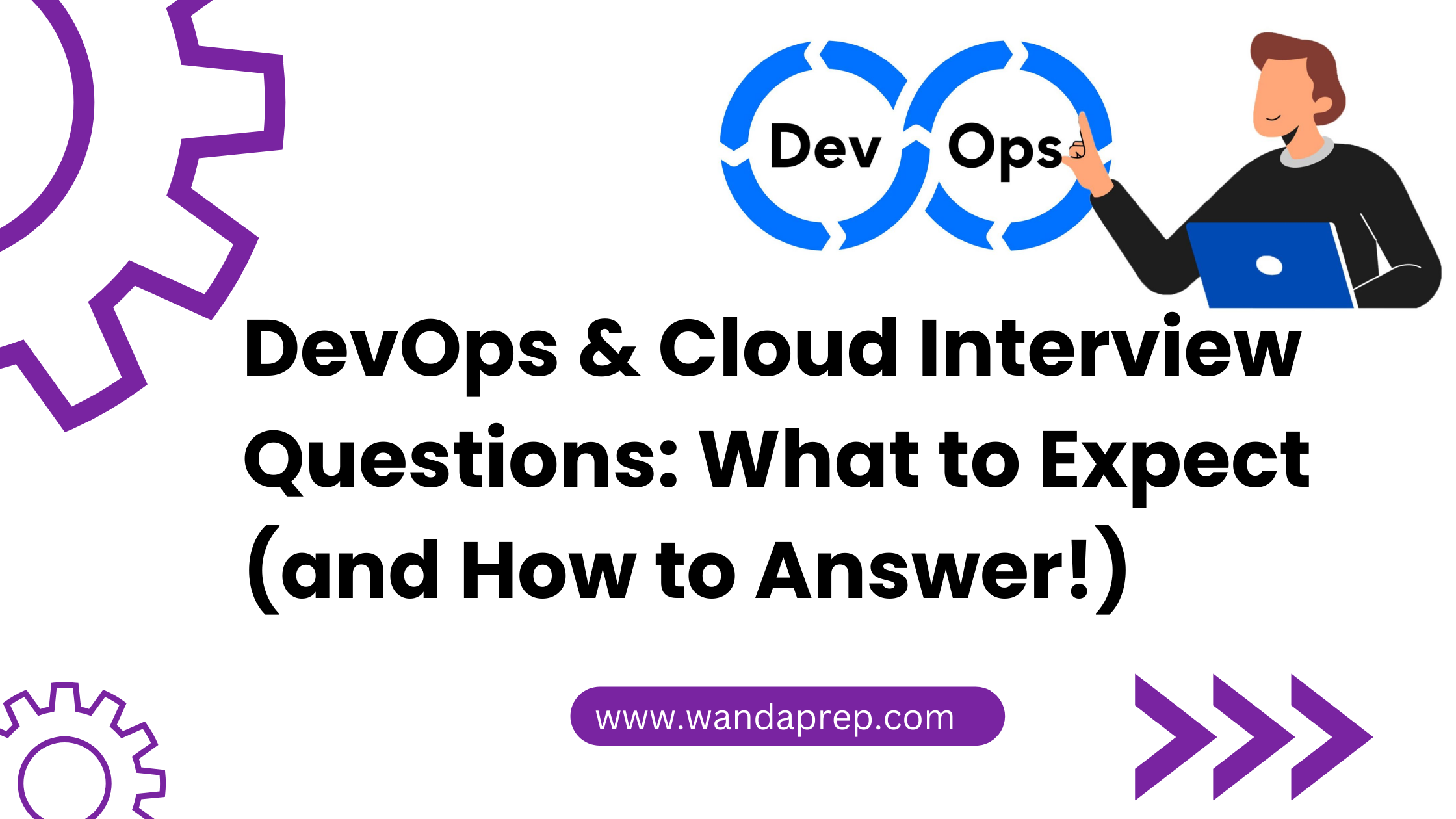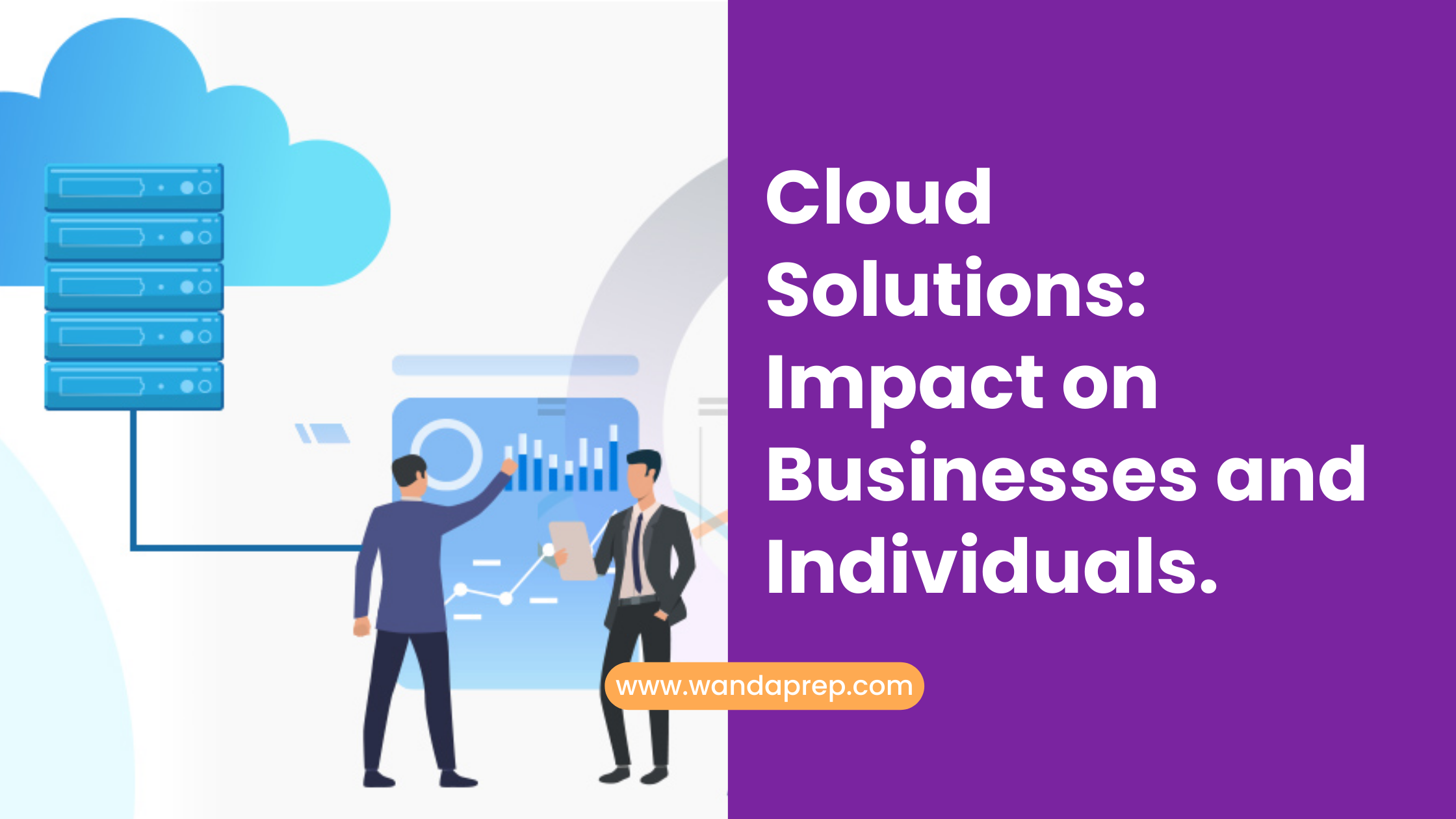The cloud computing landscape is evolving rapidly, driven by technological advancements, changing business needs, and global events. As we step into 2024, let’s explore some of the key trends shaping the future of cloud technology in this blog post.

1. AI and ML Integration into Cloud Computing
Artificial Intelligence (AI) and Machine Learning (ML) are no longer buzzwords; they are integral components of modern cloud solutions. Organizations are leveraging AI and ML to enhance data analytics, automate processes, and improve decision-making. Expect to see more cloud services incorporating AI and ML capabilities.
2. Kubernetes and Docker for Cloud Deployment
Containerization technologies like Kubernetes and Docker continue to gain prominence. They enable efficient application deployment, scalability, and management across hybrid and multicloud environments. As organizations adopt microservices architectures, container orchestration tools become essential for seamless cloud deployment.
3. Data Security on Cloud Computing
Data breaches and cyber threats remain top concerns for businesses. Cloud providers are investing heavily in robust security features, including encryption, access controls, and threat detection. Zero Trust architectures are becoming standard practice, ensuring that data remains secure across cloud services.
4. Hybrid Cloud Solutions
Hybrid cloud models combine public and private clouds, allowing organizations to balance performance, cost, and compliance requirements. Expect continued growth in hybrid cloud adoption as companies seek flexibility and agility while maintaining control over sensitive data.

5. Cloud Cost Optimization
As cloud usage increases, so does the need for effective cost management. Organizations are focusing on optimizing their cloud spending by rightsizing resources, monitoring usage, and implementing FinOps practices. Cloud decision-makers prioritize staffing efforts to enhance cost optimization strategies.
6. Edge Computing
Edge computing brings computation closer to data sources, reducing latency and improving real-time processing. With the proliferation of IoT devices and the demand for low-latency applications, edge computing will play a crucial role in the cloud ecosystem.
7. Cloud-Native Advances
Cloud-native development practices emphasize agility, scalability, and resilience. Technologies like serverless computing, microservices, and event-driven architectures empower developers to build and deploy applications faster. Expect further innovations in this space.
8. Sustainability Efforts
Environmental consciousness is driving cloud providers to adopt sustainable practices. Initiatives include carbon-neutral data centers, renewable energy sources, and efficient resource utilization. Organizations are increasingly considering sustainability when choosing cloud partners.
Conclusion
The cloud computing landscape is dynamic, and staying informed about emerging trends is essential for business leaders. Whether it’s AI integration, security enhancements, or cost optimization, organizations must adapt to harness the full potential of cloud technology.
Remember, the cloud isn’t just about infrastructure; it’s about transforming how we work, innovate, and deliver value to our customers. So, keep an eye on these trends and embrace the cloud revolution!
Learn more about Cloud computing and how to finetune your Career in DevOps and Cloud with Wandaprep.







